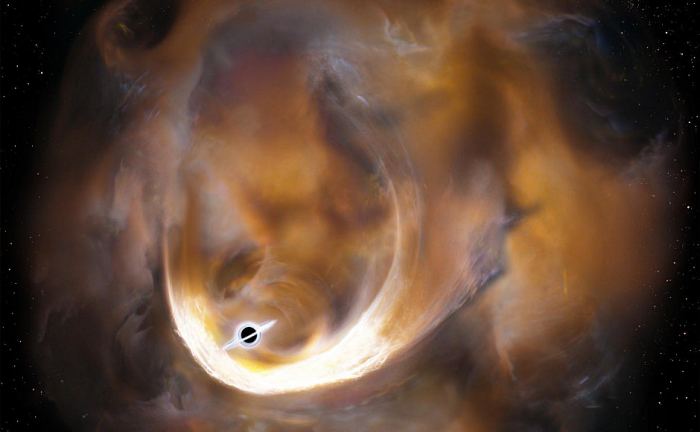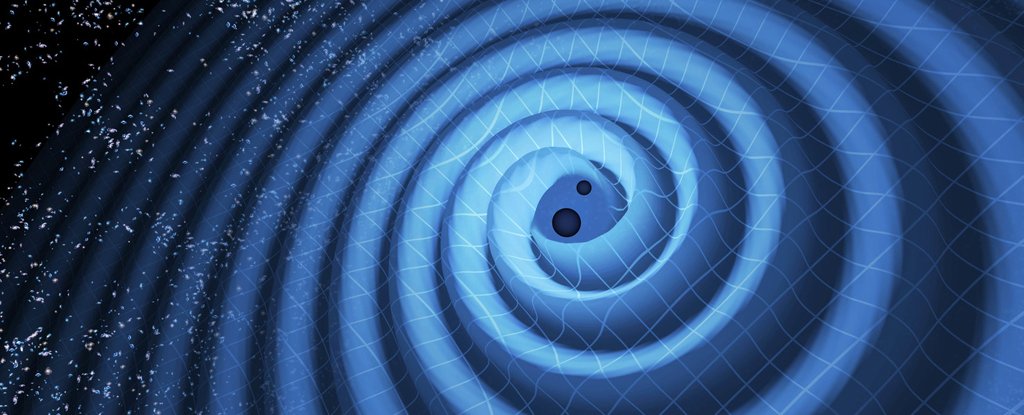
A new research reveals a new high resolution map of the magnetic field lines in gas and dust swirling around the supermassive black hole at the center of our galaxy.

The simulation consists of 18 simulations covering various scales - each a cubic mock-up of space up to 1 billion light years wide - tracing the evolution of the Universe from just after the Big Bang into the future.

A new study by a team of international astronomers has provided the first direct evidence that supermassive black holes affect star formation in their galaxies.

Looking to the center of our galaxy, astronomers noted the presence of a mysterious filament extending from the supermassive black hole located there.

This black hole resides in a luminous quasar and its light reaches us from when the Universe was only 5 percent of its current age — just 690 million years after the Big Bang.

ALMA has revealed signs of eleven low-mass stars forming perilously close — within three light-years — to the Milky Way’s supermassive black hole, known to astronomers as Sagittarius A*.

The gravitational wave events recorded in LIGO are actually the first direct indication of the existence of black holes. Three scientists from US wins 2017 Nobel prize in physics.

A team of researchers from japan have found evidence of another massive black hole near the center of the Milky Way Galaxy.

Last year’s gravitational wave discovery may have felt like the end of an era. The discovery, instead, spawned an entirely new field of astronomy, and the results are finally starting to trickle in.

A new study by a team from US indicates that black hole mergers could be very common, which has implications for the study of black holes and gravitational waves.

A team of scientists used 20 years of data from several telescopes to watch how three stars orbited the center of our own Milky Way Galaxy, Sagittarius A*. They’ve created a general relativity theory test.

A new class of exotic materials could find its way into next-generation technologies that efficiently convert waste heat into electrical current according to new research.

Astronomers have made the first detection of orbital motion in a pair of supermassive black holes in a galaxy some 750 million light-years from Earth.

The Laser Interferometer Gravitational-wave Observatory (LIGO) has done it again, detecting gravitational waves rippling away from a cosmic collision between a pair of black holes.

Scientists have proposed a new theory that combines some of the most mysterious phenomena in the Universe - black holes, gravitational waves, and axions - to solve one of the most confounding problems in modern physics.